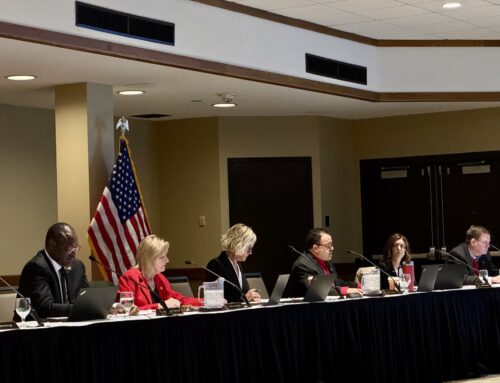Climate change is causing cherry blossoms to bloom earlier
April 6, 2025
Climate experts expect that peak blooms will become earlier over the next century. Meteorologist Taylor Stephenson explains.
NORFOLK, Va. — Cherry Blossoms are a staple across the Mid-Atlantic. In Virginia Beach, Red Wing Park hosts an annual cherry blossom festival. These Yoshino Cherry trees are progressively blooming earlier. That’s due to climate change.
The use of fossil fuels over the past couple of centuries has released greenhouse gases. Those chemicals trap heat in our atmosphere. So, the global temperature continues to rise.
With warmer temperatures earlier in the calendar year, this triggers trees like the Yoshino Cherry tree to bloom earlier. According to the Smithsonian Institute, the average Washington, D.C. cherry blossom bloom date moved up by seven days between 1970 and 1999.
The National Park Service maintains a cherry blossom life cycle database, spanning from 2004 to 2025. From 2014 to 2019, peak bloom fell on or between March 25 and April 10. Comparatively, since 2020, the blossoms have peaked on or between March 17 and March 28.
Climate change experts warn that if the global temperature continues to rise at the current rate, by the year two thousand one hundred, cherry blossoms could bloom anywhere from a week to a month earlier than they are now.
2024 was Earth’s warmest year ever, according to the National Centers for Environmental Information. The average global temperature in 2024 was 2.32°F higher than the 20th-century global temperature average. This beats the previous record set in 2023.
Next year’s timeframe for the D.C. Cherry Blossom Festival is set. Cherry Blossom celebrations will likely fall between March 20 and April 12. The festival also coincides with the United States’ 250th anniversary.
Search
RECENT PRESS RELEASES
Related Post




